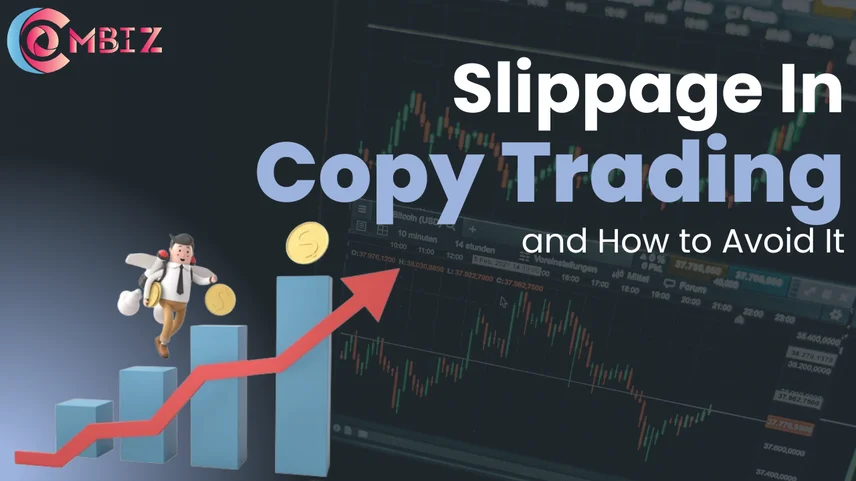
When it comes to copy trading, it is all about timing. But even in the most ideal systems, minor differences in the timing of trade executions can lead to slippage trading, which is a common occurrence for new and experienced traders alike.
Slippage is the discrepancy in price between your order and the price that the copy trader gets filled at.
Put another way, slippage is the gap between the price you expect and the price you receive when your trade is copied. While slippage is just part of trading, understanding how it works and managing it in a manner to reduce risk will greatly improve your trading as a whole.
1. Execution Latency
Execution latency is the time that it takes your platform to replicate the master trader’s actions in your account. During that time, there are several factors that could affect the price of your trade.
The longer the time delay from the master trader placing their trade, the less likely you will get the same price as the master trader, especially in fast-moving markets. The more accounts that are connected to the master trader, the greater the chance of slippage being created on your copy trader.
Market volatility plays an important role in slippage trading. During news events or important announcements related to the economy, prices can move quickly – even within a few seconds. This indicates that the trade completed by the master trader could be executed at one price, while your trade could be executed at a higher or lower price.
3. Liquidity Issues
Liquidity indicates how easily an asset can be bought or sold without influencing the price. Whenever a master trader places a large order in a market with low liquidity, there might be a price that is available but will quickly disappear. So when you execute your trade to copy the master trader's trade, you could wind up buying or selling at a worse price than the master trader did. This is slippage.
4. Different Order Types
The order type that you or your copy trading platform places can also influence slippage. As an example, if the master trader executed a limit order, and you executed a market order, you may not receive the same price as the master trader would have. Therefore, it is always a good idea to execute the same order type that you or your copy trading platform executed as the master trader to reduce any variation.
While you can't completely eliminate slippage, you can consider shadowing intelligent actions that mitigate slippage and/or get you closer to zero slippage copy trading:
1. Slippage Settings:
Many advanced copy trading platforms such as Combiz Services Copy Trading Software, allow you to set the maximum slippage you are willing to allow. This will cancel the trade if it values sufficiently move away from the maximum slippage, in order to protect you from entering a desired trade.
2. Copy Traders in Active Markets:
To avoid slippage as much as possible, copy traders who trade the more liquid majors, like top forex pairs and top blue-chip US stocks that have tight spreads. When trades feature buyers and sellers, the trade is more likely to execute a price closer to the master trader than if the markets are slow.
3. Trade During the Trading Hours of the Active Trader:
Slippage takes place mostly when liquidity is low when the trader is trading and off-market hours. To minimise slippage risk, it is best to match the trading efforts with the master trader hours, like London, New York, or NSE hours in India.
4. Use Limit Orders When Entering
If you want further control over your entry prices, then use limit orders and NOT market orders. A limit order guarantees that your trade isn't executed until your chosen price is that price or better, which is extremely important to gaining copy trading that has zero slippage.
5. Choose a Reputable Broker
Brokers’ infrastructure plays a big part in speed of execution. Pick brokers who offer low-latency connectivity and clear execution policies. The quicker your broker processes trades, the closer your execution price will be to the master trader's trades.
6. Analyse Performance with Slippage
Always review your historical copy trades and take into account slippage. If you see a consistent difference between what you expected to make and what you made, then it may be time to reconsider the trader you are copying or to change your settings.
Slippage for trading can seem small, but over time, it can compound enough to have a really noticeable impact on profits. By using a trusted platform, like Combiz Services Copy Trading Software, setting slippage tolerance, and copying traders in a liquid market who have had many years of successful trading experience, you are lessening the impact of slippage drastically.
Zero slippage copy trading is almost impossible to achieve, but with the right broker, strategy, and platform, you can get very close to that and, as a result, have the smoothest, quickest, and most profitable trades every time.